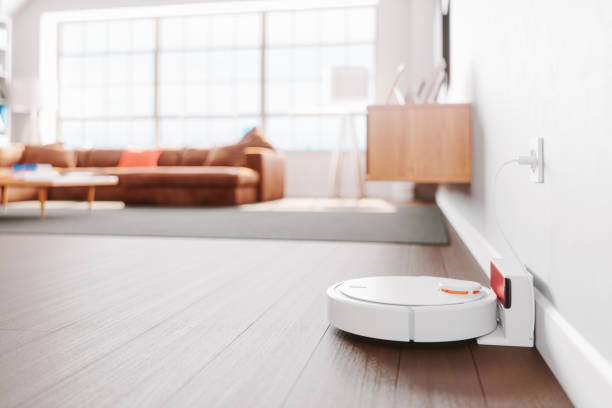The Dawn of Micro Apartments: A Fresh Perspective on Urban Living
In the ever-changing landscape of real estate, one trend that's been making waves in urban centers across the globe is the rise of micro apartments. These compact living spaces, often no larger than 400 square feet, are challenging traditional notions of what it means to live comfortably and affordably in a city. This article delves into the background, current market trends, and potential impact of this fascinating development in the real estate industry.

The Emergence of Micro Apartments
The idea of micro apartments isn’t entirely new. Throughout history, people in densely populated cities have often lived in small quarters. However, the modern concept of micro apartments came to prominence in the early 2000s as urban populations began to swell. Skyrocketing property prices and rental rates led developers to think creatively about how to provide affordable housing options. Enter micro apartments: small, efficient living spaces designed with functionality in mind.
The Micro Apartment Market Today
Today, the market for micro apartments is growing rapidly, especially in bustling urban centers. These compact units are increasingly popular among millennials and single professionals who prioritize location over space. According to a report, the average square footage of new apartments in the US has decreased by 5% over the past decade, indicating a shift in market demand toward smaller, more affordable units.
Advantages and Challenges of Micro Living
Micro apartments offer several advantages. They are typically more affordable than larger apartments in the same location, making them attractive to young professionals and others on a budget. They also promote a minimalist lifestyle, which can be appealing in an increasingly cluttered world.
However, there are challenges. Micro apartments can feel cramped, and the lack of space may not be suitable for families or those who work from home. In addition, while these units are affordable by city standards, they are still out of reach for many low-income individuals.
Impact on the Real Estate Landscape
Despite these challenges, the micro apartment trend is having a significant impact on the real estate landscape. It’s forcing developers, architects, and city planners to think creatively about space and affordability. It’s also driving innovations in multi-functional furniture and compact appliances.
A Look to the Future
Looking ahead, it’s clear that micro apartments are more than just a passing trend. As urban populations continue to grow and housing affordability remains a critical issue, these compact living spaces will likely play a crucial role in our cities’ futures.
In conclusion, the rise of micro apartments represents a fresh and intriguing development in the real estate industry. While they may not be everyone’s cup of tea, their impact on urban living and the broader property market is undeniable. As we move forward, it will be fascinating to see how this trend continues to evolve and shape our urban landscapes.




